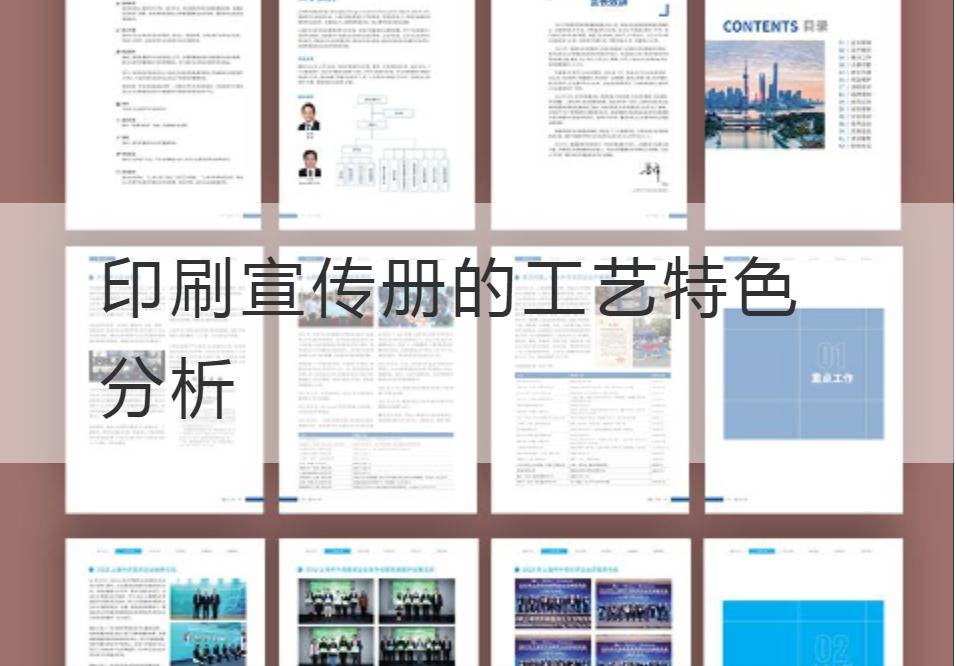Analysis of Process Characteristics of Printed Brochure
In recent years, with the rapid development of Internet and the rapid development of information technology, printed brochures, as traditional propaganda tools, still retain their unique charm and importance. The craftsmanship of the printed brochures is amazing, adding charm and artistry to product and corporate communications. This paper will analyze from design point of view, printing technology, paper selection and post-processing.
First of all, printed brochures are designed to focus on sharp writing style and flamboyant words. This design style with concise text and strong visual impact as the core, in order to reach the reader at a glance and can impress the effect. In addition, modern design elements are widely used to make printed brochures more visually appealing and keep pace with the trends of the times through images, colors and typography.

Second, the development of the printing process has added more texture and visual effect to the printed brochure. Today, high-quality printing equipment and technology can accurately reproduce the designer's ideas and reflect the fineness and gradation of color in the printing process. In the printing process, the use of professional ink and curve chromatography technology can ensure the color of the printed matter bright, smooth and uniform. At the same time, UV printing technology can also be used on the cover of the brochure for special treatment, such as partial light, embossment, frosting, and so on, to improve the overall quality.
Third, the choice of paper is also an important part of the process of printing brochures. Different types of paper can meet different needs, such as thickness and texture. Some brochures pursue luxury sense, will choose the texture of thick art paper or thick card paper, make the brochure look more solemn and noble; Some brochures choose thinner paper to show their content and product features well. Regardless of the type of paper, printed brochures need to be expertly printed and refined to ensure the best quality and feel of the finished product.
Finally, the application of post-processing techniques also adds a variety of surprising and moving effects to the printed brochure. For example, special techniques such as bronzing, embossing and UV liquid gloss are used to make the brochure more tactile and visual. The bronzing effect on the cover not only enhances the brand's recognition, but also adds a touch of luxury to the brochure. Embossing technology can leave a unique texture on the brochure, giving a more upscale and elegant feel.
Anyway,Printed BrochureIts craft features are its sharp style of writing, gorgeous words and phrases, modern design style, high quality printing equipment and technology, careful selection of paper and application of post-processing technology. These craft features together create a perfect propaganda carrier, not only to convey product information, but also to let readers feel the professional charm and integrity of the enterprise. In the era of information flooding, printed brochures, as a traditional propaganda tool, still give people a shock on the visual and give products a soul.



